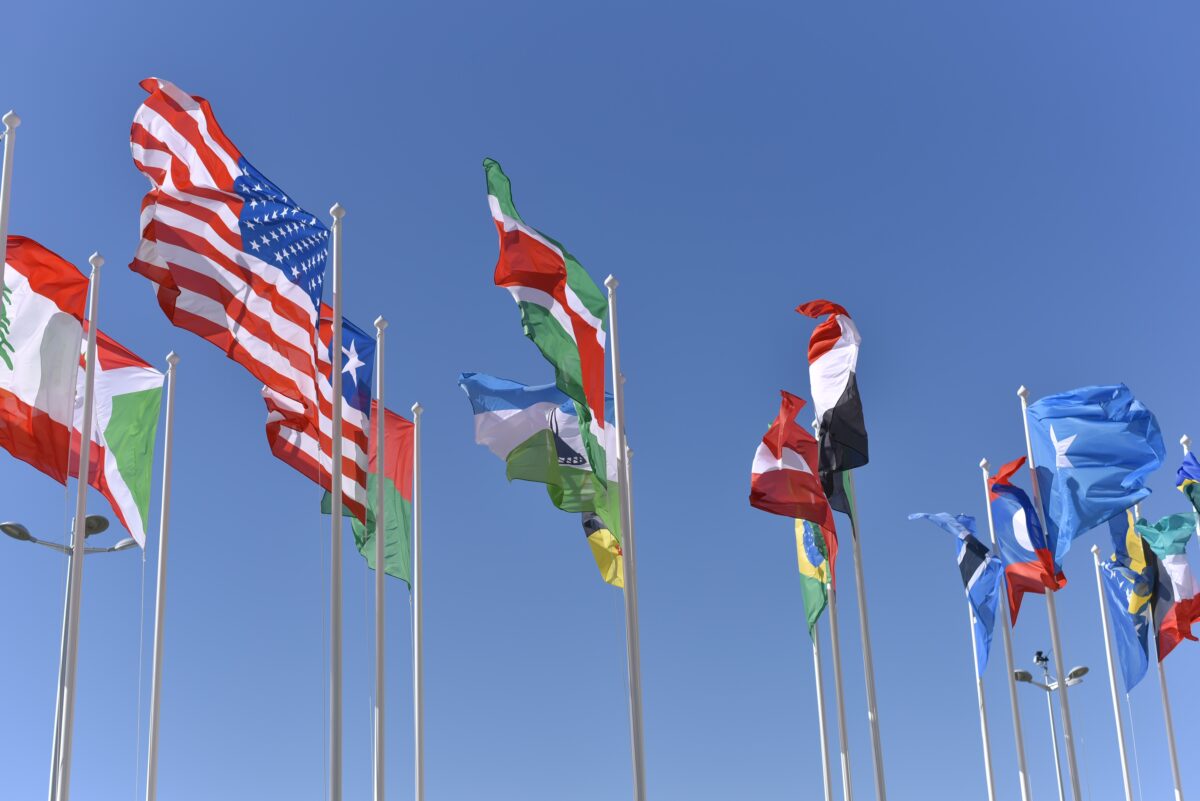It is well-known that a handful of corporations are responsible for most of the world’s greenhouse gas emissions. And yet the private sector marches forward flaunting an insignia of impunity, due to slow adaptability by legal frameworks coupled with its diligent resistance. Practitioners and advocates across the world are therefore hard at work concocting creative ways to bring a scintilla of accountability to such actors. One of the most powerful results of such efforts has been the rights turn that climate litigation has taken, in which claimants use human rights arguments to hold governments and corporations accountable for their egregious climate change actions.
This emerging human rights & climate change (HRCC) field is transcending traditional means of targeting corporations (like tort law, liability, and criminal law) and is sure to expand its reach to corporate actors with breakthrough decisions like Milieudefensie et al v Royal Dutch Shell. For the first time, a corporation was held responsible for lowering its greenhouse gas emissions. Despite this, corporations continue to be secondary duty-bearers under international law and human rights obligations. They, in other words, continue to be fugitive.
This means that the HRCC movement must keep using its imagination. It should recognize the power of seemingly minor legal interventions and the use of less-shiny tools like the administrative agency. It should also be attentive to other forms of exploitation that are inherently—but not so obviously—linked to climate change, as targeting these can provide another avenue for climate change action. And we need all the help we can get.
What is 19 U.S.C. § 1307?
Section 307 of the Tariff Act of 1930 (19 U.S.C. § 1307) prohibits the importation into the US of any goods made “wholly or in part” using forced, indentured, or convict labor in any part of the world. Once a petition is filed, the US Customs and Border Protection (CBP) conducts an investigation to determine whether to issue a Withhold Release Order (WRO) to prevent imports from entering the country.
What does 19 U.S.C. § 1307 have to do with climate change?
The business model of outsourcing lower-value activities throughout “supply chains” spanning countries with wide-ranging (think: weak) legal systems and human rights practices is at the core of value creation for multinational corporations. Indeed, the agriculture, food, garment, mining and extraction industries, to name a few, get more bang for the buck when using the labor of more than 24 million modern slaves. 19 U.S.C. § 1307 is designed to target this problem by closing the door on forced-labor products.
The lack of transparency that allows corporations to exploit and perpetuate modern slavery has also given them a green light to indulge in environmental attacks. Indeed, those individuals who perform forced labor often work for industries with the most egregious climate change impacts. Yet the inexistent recognition of 19 U.S.C. § 1307 as a tool for climate accountability points to a conceptual gap in advocacy—a lack of consideration for the nexus between modern slavery, environmental degradation, and climate change.
Let’s take the Brazilian beef industry as an example. As the world’s principal beef exporting country, Brazil exported a total of US$7.3 billion in beef in 2019 alone—equivalent to 21% of global beef exports. Brazilian civil society, the ILO, the UN Special Rapporteur on Contemporary Forms of Slavery, the US Department of State and the Congressional Research Service, among other institutions, have evidence that the industry is sustained by rampant forced labor. Indeed, over half of all rescues of forced labor victims between 1995 and 2020 took place in the livestock sector. The crime is often accompanied by environmental offences, as the cattle ranch workers are themselves hired to clear native forests for pasture.
Uncoincidentally, the region with the highest incidence of slave labor in Brazil is the northern “deforestation arch,” including the Amazon Forest which is plagued by weak regulation. Between 2003 and 2014, over 21,000 workers were rescued from forced labor in the Amazon region alone, about 70% in the cattle raising sector. It is no secret that deforestation obliterates the Amazon’s ability to save humanity.
So, who is behind the monstrous Brazilian beef industry? JBS, Marfrig, and Minerva. Together, they are responsible for two-thirds of all Brazilian beef exports and account for over 40% of the Amazon rainforest’s slaughter capacity. The US is the fifth largest importer of Brazilian beef, importing 2.84% of all Brazilian exports, importing 56% of all Brazilian unprocessed beef exports between February and July 2020 alone. And it doesn’t stop there. Cattle raising in the Amazon has increased more than tenfold over the last 40 years. The US Department of Agriculture projects that Brazil’s export market share will reach 23% of global beef exports by 2028. With this impending storm, using the readily available 19 U.S.C. § 1307 as one of multiple tools to deter and bring awareness to both the human and climate grievances taking place in the Amazon Forest should be a no-brainer.
Why else use 19 U.S.C. § 1307?
There are many other reasons why advocates should take advantage of 19 U.S.C. § 1307:
- Its reawakening: The statute laid dormant since its inception in 1930 due to its “consumptive demand exception” that largely swallowed the rule. After the Obama administration eliminated the exception in 2015, there has been a considerable uptick in the issuance of WROs. Between March 2016 and June 2021, the CBP issued almost 30 WROs, standing in stark contrast to the 33 WROs total issued from 1930 to 2015. This is part of a broader willingness by the current administration to use trade enforcement to tackle forced labor—an issue that has generally garnished wide bipartisan support. With this political momentum, now is the right time to act.
- A Low Evidentiary Standard: If the CBP Commissioner finds at any time that information available reasonably, but not conclusively, indicates that merchandise violating 19 U.S.C. § 1307 is being, or is likely to be, imported into the US, then a WRO may be issued. This evidentiary threshold is much lower than that applicable to criminal statutes, like the TVPA, and makes this remedy quite accessible. Thus, even if courts deny a finding of forced labor in a specific case, there is hope that the CBP issues a WRO.
- A Heavy Burden Shift to the Corporation: Once a WRO is put in place, the burden of proof shifts to the company in question to provide evidence, in ninety days, that the goods in question were not produced with forced labor or that it has remediated all of the 11 ILO indicators of forced labor. It is rare—has only happened twice—for a company to meet this high burden. So once a WRO is put in place, it is likely to stay in place.
- Modeled After a Progressive Definition: The definition of forced labor used by 19 U.S.C. § 1307 was modeled after the ILO Convention’s definition. ILO instruments have therefore informed US approaches to forced labor, with the CBP explicitly referencing ILO standards in each WRO press statement issued in 2019. This is good news for practitioners, as ILO standards are progressive and recognize a wide range of behaviors as forced labor. US governmental bodies have recently called for the CBP to further promote alignment with ILO standards.
- Accessible: While collecting evidence of forced labor may be daunting, the WRO petition submission process is straightforward and free of cost. This saves petitioners from resource drainage and the painfully slow timeframe of taking corporations to court. In addition, it allows petitioners to surpass the litigation tactics of corporate giants, including filing for bankruptcy, demanding stays, and launching sanctions motions against plaintiffs’ counsel.
Even if not explicitly tied to climate, WROs have already been successfully issued against corporations, like those in the palm oil and mining industries. Using our imagination to take advantage of readily available tools, like 19 U.S.C. § 1307, to build a holistic climate movement that covers all its bases is the least we can do for our planet.



